The History of Crossdressing: Understanding the Origins and Evolution
Crossdressing is the act of wearing clothing commonly associated with another gender. It has been practiced throughout history and across cultures, though it may have held different meanings in different places and times. The history of crossdressing reveals a great deal about how societies throughout time have viewed gender roles, sexuality, and identity.
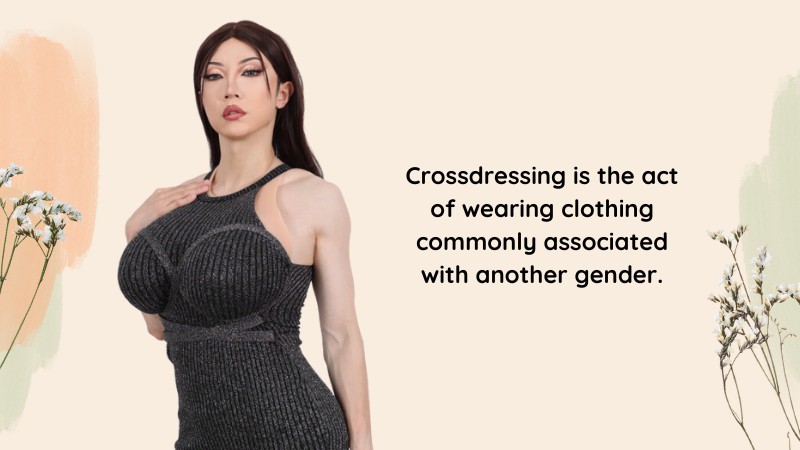
With increased awareness of gender issues and transgender rights, the history of crossdressing has become an important topic to explore. We must not only gain a better understanding of this practice but also recognize how it has been viewed in different contexts.
In this article, I’ll cover the history of crossdressing from ancient times to the present day.
Crossdressing in Ancient Times
Although there are no written accounts from antiquity on crossdressing specifically, historians have discovered evidence of it through art and other artifacts. For example, in ancient Egypt, there is evidence of priests wearing clothing more commonly associated with the opposite gender. In Rome and Greece, crossdressing was also used to convey certain messages or as part of rituals.
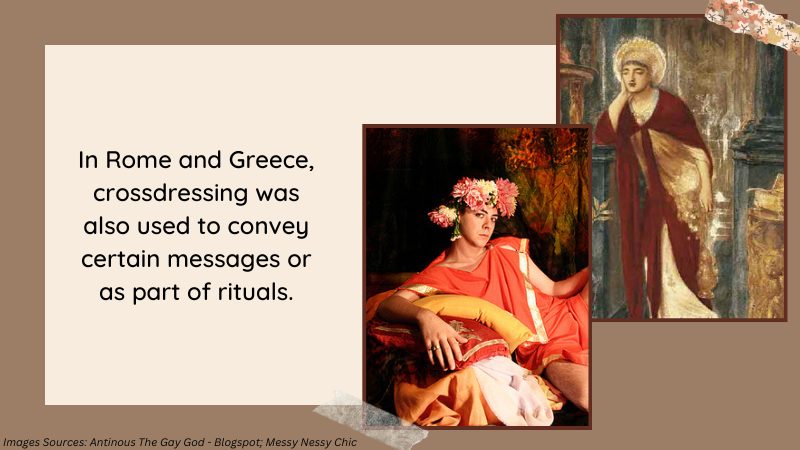
Crossdressing in Greek mythology
Crossdressing in Greek mythology is an incredibly fascinating topic. This ancient practice has been used to represent different themes, such as the power of gender fluidity, among others. For example, Poseidon disguised himself as Athena in order to gain access to his lover, Amphitrite. This story is a poignant reminder of how fluid gender roles can be and the power they can have over our lives.
Crossdressing in Greek mythology has also been used to represent religious symbolism and cultural beliefs. For instance, in the myth of Zeus and Io, Zeus transforms Io into a cow in order to hide her from his jealous wife, Hera. This myth is often interpreted as an allegory for the power of the gods and their ability to manipulate mortals. Crossdressing has also been used in Greek myths to represent a character’s inner conflicts, such as Achilles dressing up as a girl in order to avoid drafting to the Trojan War.
Gender-bending in Ancient Egypt
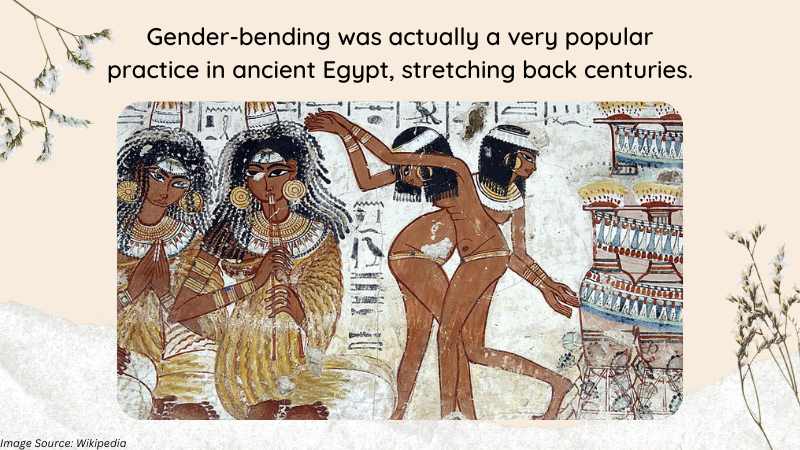
Ancient Egypt is often seen as a very conservative nation – but this is far from the truth. Gender-bending was actually a very popular practice in ancient Egypt, stretching back centuries. Pharaohs and other nobles would frequently take on roles of the opposite sex, adopting clothing, hairstyles, and even names that were traditionally associated with their new gender identity.
This practice was seen as a way to gain spiritual power, with gender-bending representing a bridge between two different worlds. While the practice of gender-bending in ancient Egypt has not been widely studied, it is clear that it was an important part of their culture and allowed for greater expression of identity in an era significantly more conservative than our own.
Crossdressing in Chinese opera
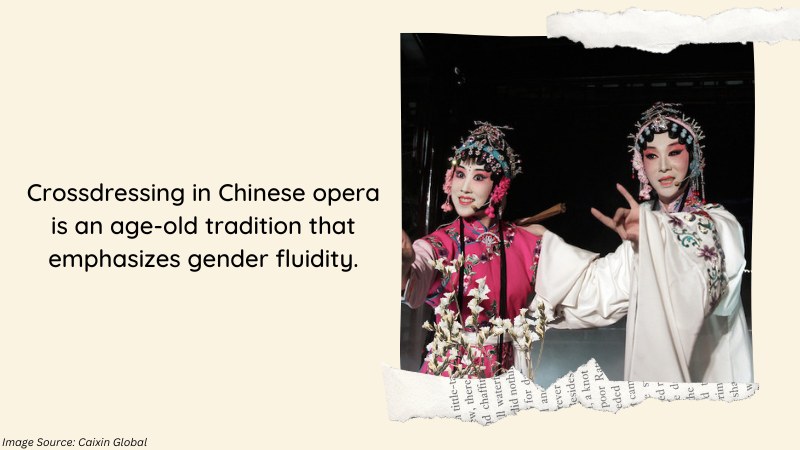
Crossdressing in Chinese opera is an age-old tradition that emphasizes gender fluidity. It has deep roots in the cultural history of China and has become a unique feature of traditional Chinese theater. Not only does it allow for more flexibility in storytelling, but it also serves to challenge rigid conceptions of gender roles and identity.
Furthermore, the art form has been used to critique social and political norms, as well as provide a space for gender-nonconforming individuals to express themselves. Crossdressing in Chinese opera is an important part of the cultural fabric of China and should be celebrated and preserved.
Crossdressing in Japanese kabuki theater
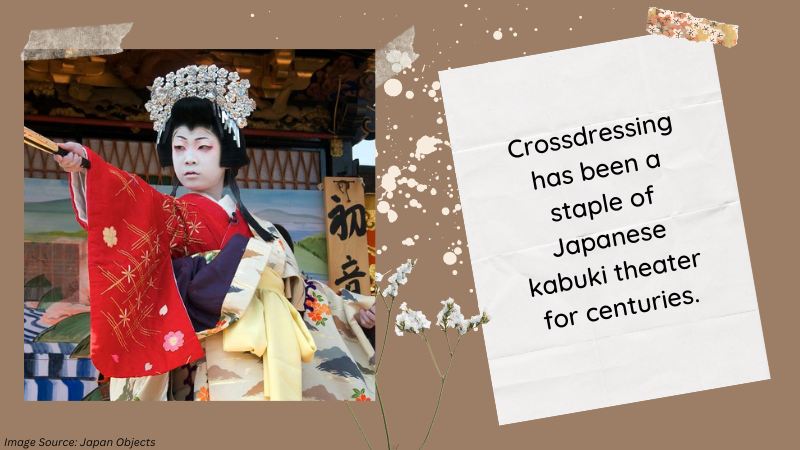
It has been a staple of Japanese kabuki theater for centuries. It’s an integral part of the art form and its history, allowing male actors to play female roles with stunning authenticity. Not only is it aesthetically beautiful, but crossdressing in kabuki also helps to convey the characters’ feelings and stories in a more emotive way.
The art of crossdressing in kabuki is as much about conveying emotion and authenticity as it is about aesthetics, with the two often intertwining to create an unforgettable experience for both actor and audience alike.
Crossdressing in Medieval Europe
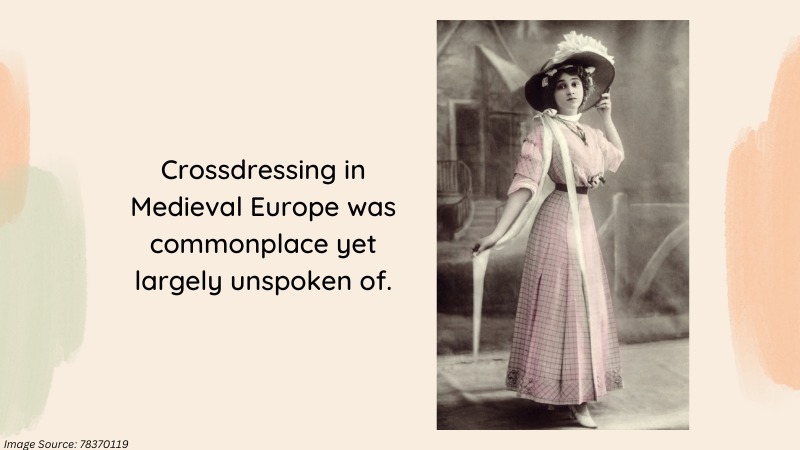
Crossdressing in Medieval Europe was commonplace yet largely unspoken of. In those days, the norm for gender roles and expectations was incredibly restrictive — most people simply accepted what society dictated without question. But there were always those who dared to challenge the status quo. Crossdressing was one way that some individuals chose to do so.
Crossdressing in religious ceremonies
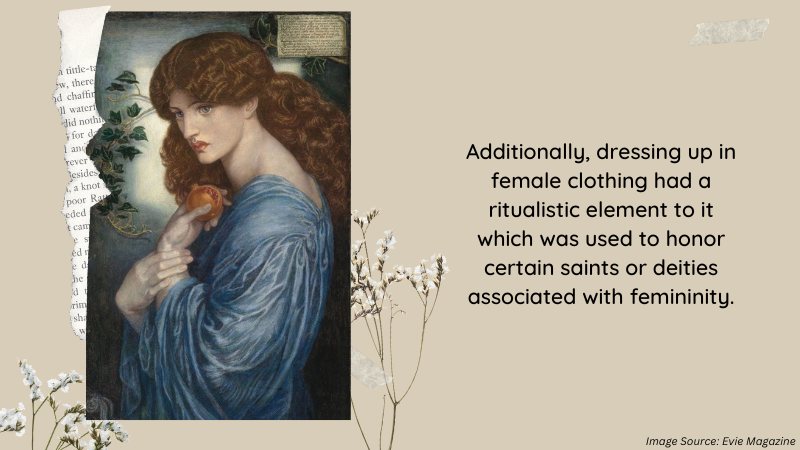
It was commonplace in Medieval Europe and particularly within religious ceremonies. Women were banned from holding certain roles and positions of authority in the Church, which meant that men had to dress up as women to fill these roles.
The Church wanted to demonstrate that it was not bound by the same rules as the rest of society, and crossdressing was one way to show this. Additionally, dressing up in female clothing had a ritualistic element to it which was used to honor certain saints or deities associated with femininity.
Crossdressing in theatrical performances
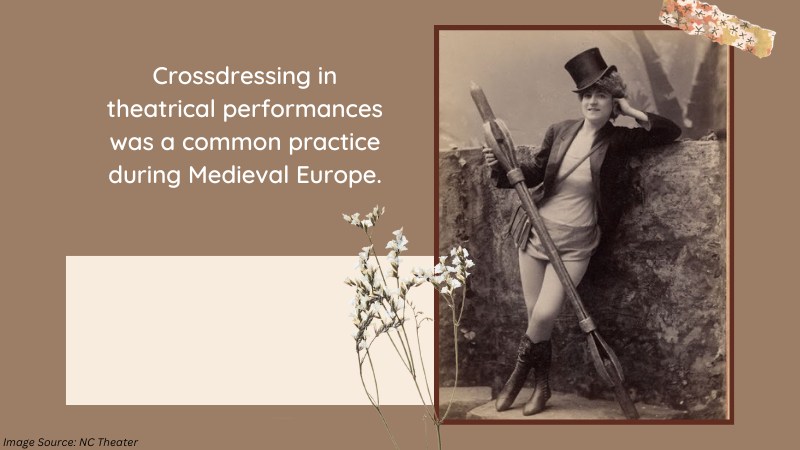
Crossdressing in theatrical performances was a common practice during Medieval Europe. It served the purpose of enabling flexibility in gender roles and circumventing religious laws prohibiting women from appearing on stage.
Crossdressing allowed audience members to be able to experience shows that were more enjoyable than could have been imagined without this form of expression.
The rise of male crossdressing
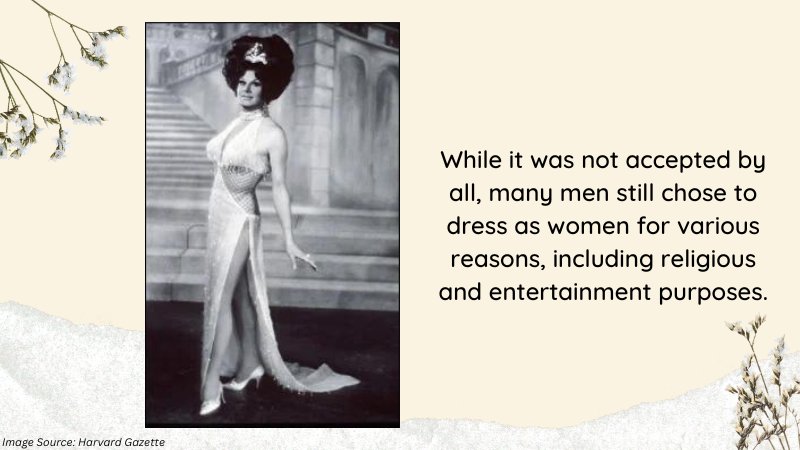
The rise of male crossdressing in Medieval Europe is an incredibly fascinating phenomenon among cultural researchers. During this era, gender roles were far more rigidly defined than they are today, with men taking on a traditionally masculine roles in society.
Despite this well-established social norm, there was actually a significant amount of male crossdressing that occurred in Medieval Europe. While it was not accepted by all, many men still chose to dress as women for various reasons, including religious and entertainment purposes.
Crossdressing in the Renaissance and Enlightenment Era
Crossdressing during the Renaissance and Enlightenment era was a phenomenon that transcended borders and social classes. In England, wealthy men often dressed as women in disguise to gain access to public spaces where members of their gender were prohibited from entering. As many as 10,000 crossdressing men frequented London’s taverns and coffeehouses each night during the reign of Queen Elizabeth I.
In France, during the Enlightenment era, wealthy and aristocratic men often wore women’s clothing as a form of self-expression. They were often seen wearing luxurious gowns and corsets that they had commissioned from the finest tailors in Paris. This period of time was known for its tolerance towards gender roles, and crossdressing was an accepted form of entertainment for the French elite.
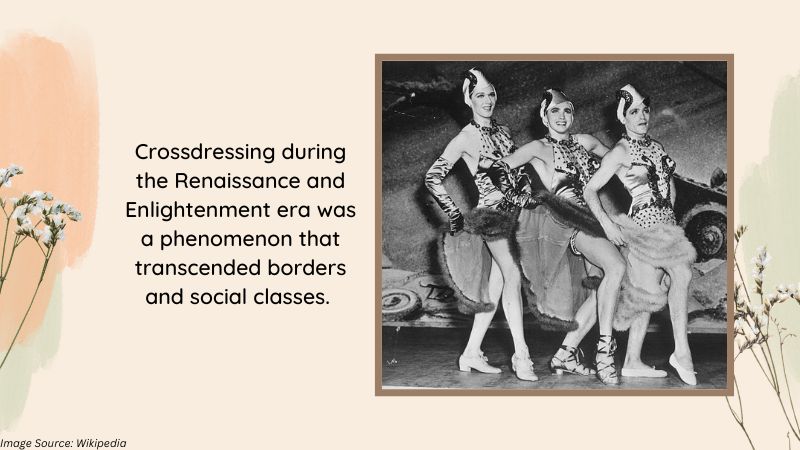
Crossdressing in Shakespearean plays
Crossdressing in Shakespearean plays was a common occurrence, often used to add comic relief or to forward the plot. For instance, Viola in Twelfth Night disguises herself as a man for protection so that she can work for Count Orsino. This helps her gain access to Olivia’s court and eventually leads to her being able to reveal her identity and win Orsino’s heart. In As You Like It, Rosalind also disguises herself as a man, allowing her to escape from danger and reunite with Orlando, whom she loves.
Crossdressing in literature and art
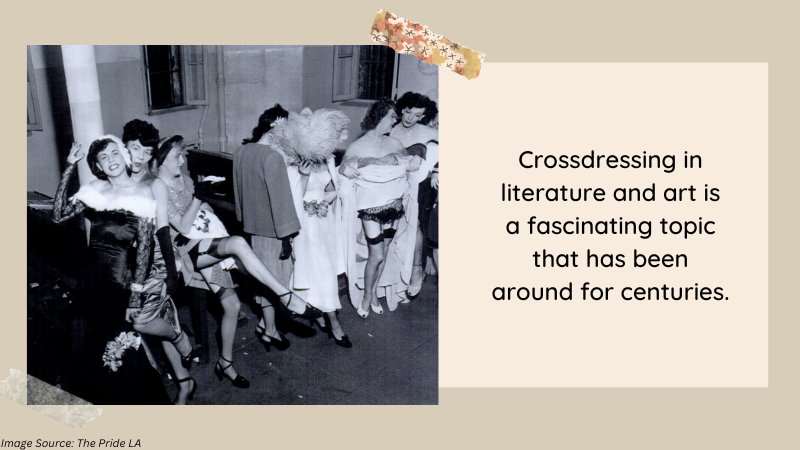
Crossdressing in literature and art is a fascinating topic that has been around for centuries. From Shakespearean plays to contemporary novels, crossdressing characters have often appeared in works of fiction as a way to explore concepts like gender identity and societal norms. In fact, some scholars suggest that the use of crossdressing in literature can help encourage conversations about gender and identity, as well as help promote acceptance of the LGBTQ+ community.
Crossdressing in the Victorian Era
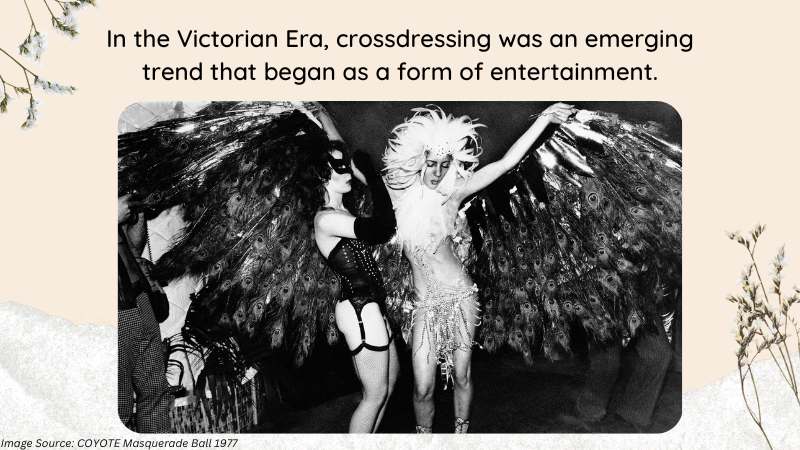
In the Victorian Era, crossdressing was an emerging trend that began as a form of entertainment. People, both men, and women, embraced the practice and found it to be exciting and liberating. Unfortunately, Victorian society viewed crossdressing with suspicion and sometimes outright condemnation. Many critics saw it as a form of sexual deviancy or immorality.
While this may have been true in some cases, individuals who donned a different gender’s clothing often had more complex motivations than simply seeking out sexual gratification. For some, it was an escape from the rigid social norms and expectations of the era. It allowed them to express themselves freely and indulge their fantasies without fear of judgment or persecution.
Crossdressing was also often used as a form of protest against the gender roles of the day. Men, in particular, were expected to adhere to certain standards of masculinity that could be difficult or impossible for some to live up to. By adopting the clothing and mannerisms of women, they challenged traditional ideas about gender and sexuality.
Crossdressing in the 20th Century
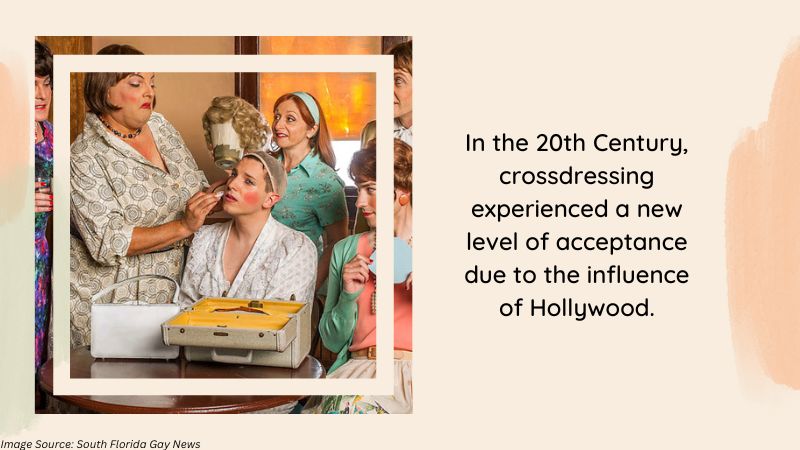
In the 20th Century, crossdressing experienced a new level of acceptance due to the influence of Hollywood. In the 1940s and 1950s, movies like Some Like It Hot became immensely popular, showcasing men wearing women’s clothing in comedic ways. This made it more socially acceptable for people to experiment with gender roles through crossdressing.
The emergence of drag culture in the latter half of the Century helped to further normalize crossdressing. Drag queens and kings have created their own art form, which includes flamboyant costumes and makeup, as well as performances that challenge traditional gender roles. These daring individuals have inspired many people to explore their gender identity through clothing.
Crossdressing has also become a symbol of LGBT rights. For many, wearing clothes traditionally associated with the opposite gender is an act of self-expression and defiance against oppressive systems.
Crossdressing in the 21st Century
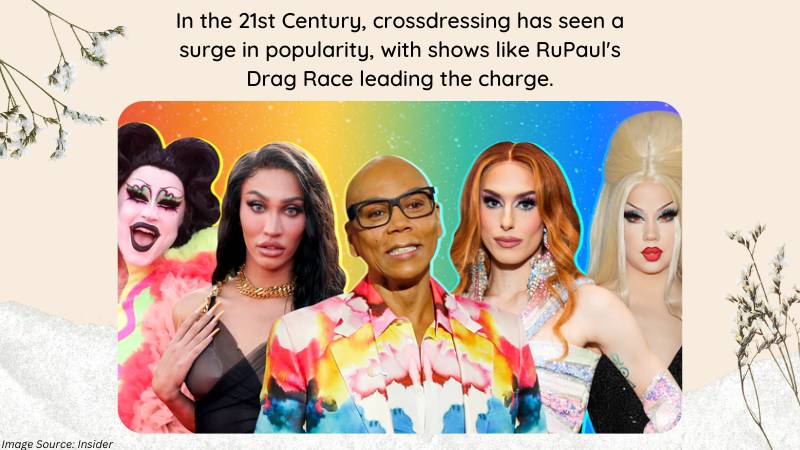
In the 21st Century, crossdressing has seen a surge in popularity, with shows like RuPaul’s Drag Race leading the charge. It has become more accepted and celebrated than ever before, with both celebrities and everyday people embracing gender fluidity and expressing themselves through clothing. Crossdressing is no longer something to be ashamed of or kept hidden.
Many people use crossdressing as an expression of their gender identity. For some, it’s simply a way to explore different aspects of themselves in a safe space. Others identify as non-binary or transgender and use crossdressing as a way to fully express their true gender identity. Whatever the case may be, crossdressing has opened up a world of possibilities for those whose gender identities don’t fit traditional norms.
The future of crossdressing looks bright as more and more people become comfortable with expressing their true selves without fear or judgment. The fashion industry is also embracing the trend with an ever-growing selection of gender-neutral clothing.
Crossdressing has become a powerful tool for self-expression, and as it continues to gain acceptance in popular culture, more people are discovering the freedom it provides. As attitudes about gender continue to evolve, crossdressing will remain an important part of the conversation and help build a more inclusive society for all.
Frequently Asked Questions
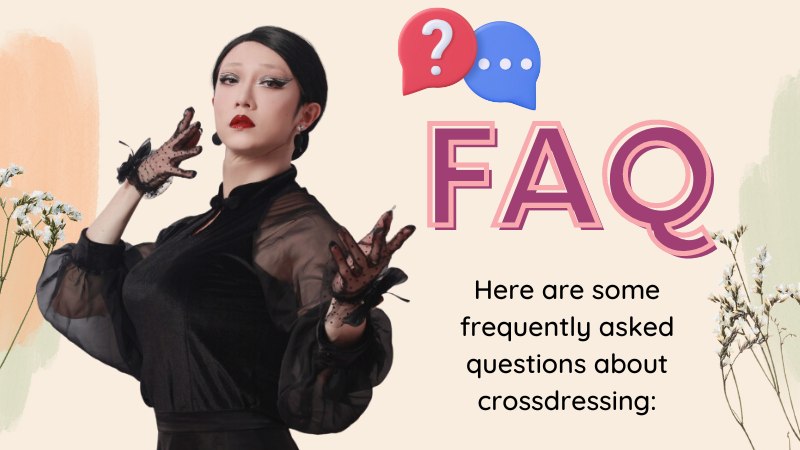
Crossdressing can be a complex, life-transforming experience for many people. It’s important to appreciate that there is no one right or wrong way to crossdress, and that it differs from person to person. Here are some frequently asked questions about crossdressing:
Crossdressing can be a complex, life-transforming experience for many people. Here are some frequently asked questions about crossdressing:
What is crossdressing?
Crossdressing is the act of wearing clothing and accessories that are traditionally associated with a gender opposite your assigned sex. It can range from occasionally wearing an item of clothing to completely changing your wardrobe, style, and grooming habits to match those typically associated with a different gender.
Why do people crossdress?
There is no single answer to why people choose to crossdress. It’s often seen as a way of expressing gender identity or exploring different aspects of oneself, particularly regarding gender roles and expectations in society. For some individuals, crossdressing also serves as an emotional outlet or creative expression.
Is crossdressing a mental disorder?
Crossdressing is not considered a mental disorder. While medical professionals may diagnose individuals with gender dysphoria, which is related to crossdressing, it does not mean that all people who crossdress have this diagnosis.
Can crossdressing be a fetish?
Yes, crossdressing can be a fetish. A fetish is defined as an object or behavior that someone becomes sexually aroused by. While some people may find sexual gratification through the act of crossdressing, it’s important to note that this isn’t true for everyone who engages in the practice.
Is crossdressing a form of gender expression?
Yes, crossdressing is a form of gender expression. It can be seen as a way for them to express themselves and explore their identity in creative ways. Crossdressing is also often used by transgender people as a way to transition from one gender to another.
Conclusion
Crossdressing has a long, complicated history that is important to understand. From the ancient Egyptians dressing as deities in religious rituals to more recent efforts for more visibility and acceptance in society by LGBTQIA+ individuals, crossdressing has been used throughout time for many different reasons. It can represent self-expression, identity exploration, activism, or simply creative expression.
No matter the reason for crossdressing, it is important to remember that people have been doing it long before us and will continue to do so. Crossdressing is a form of beauty, freedom, and self-expression that all individuals should be free to enjoy, regardless of what society may think. All individuals have the right to be comfortable in their own skin and express themselves freely, without fear of judgment or persecution.
The history of crossdressing teaches us a lot about how to treat one another with respect, acceptance, and appreciation for our differences. Respect is essential when it comes to understanding the complexities of gender expression and identity. We owe it to those who have come before us—and those who will follow—to create a world where everyone can feel safe.
Tagged With:crossdressing , Crossdressing for Beginners
1 comment
Leave a Reply
- Crossdresser vs. Transgender: What’s the Difference and Why Does It Matter?
- Why Do Some Straight Men Enjoy Crossdressing?
- 7 Best Mtf Trans and Crossdresser Podcasts in 2024
- Journey With Roanyer : Your Beginner Crossdressing Store
- The Intersection of Cosplaying and Crossdressing
- 8 Types Of Submissive Sissy Crossdressers: A Complete Overview
Established in 2009, We are a recognized manufacturer and seller of professional crossdressing products.
It is our aim to become not just the most creative manufacturer but also a very considerate seller, as we provide the best quality products for crossdressers all around the world.
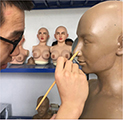
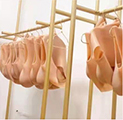















 Breast Forms
Breast Forms  Body Suit
Body Suit  Realistic Mask
Realistic Mask  Femini Girdle
Femini Girdle Hip & Butt Enhancement (8)
Hip & Butt Enhancement (8) Penis Prosthesis
Penis Prosthesis Fake Muscle
Fake Muscle Bikini
Bikini  Wig
Wig  Corsets
Corsets Course
Course service@roanyer.com
service@roanyer.com +8618652200711
+8618652200711 Facebook
Facebook YouTube
YouTube Twitter
Twitter Instagram
Instagram





Great historical perspective on the ‘art’ of crossdressing. Personally, it is a fetish, but I acknowledge there are all forms of varied and different reasons for crossdressing. Maybe I am tired of being the giver and saver of all and want some return affection in a soft and personal realm. I don’t know at this stage as I move forward. But, it is reassuring that such interests on my part have a history that dates to times and periods before my person and lends itself to being that much more in the future. Love your information. hugs.